The realm of plants boasts a stunning variety of species, each with its unique charm. Yet, nestled among these botanical wonders, some pose significant threats to both humans and animals. From sharp thorns that can puncture the skin to plants that release toxic sap when touched, these dangerous flora demand careful handling. Recognizing and understanding how to safely approach and remove these potential hazards is crucial for garden enthusiasts, pet owners, and homeowners alike. This article delves into the essentials of identifying harmful plants and the preliminary steps to take before embarking on the removal process.
Contents
Recognizing Dangerous Plants
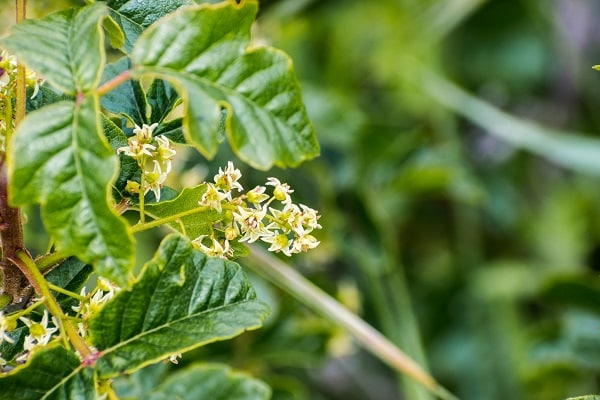
Gardening is a delightful pursuit, but the unexpected presence of harmful plants can introduce challenges. Being able to distinguish these plants from harmless ones is the first line of defense. Many harmful species have distinctive features, such as brightly colored berries, milky sap, or unusual odors. However, some dangerous plants cunningly blend in with their harmless counterparts. Therefore, it’s imperative to stay informed and frequently cross-reference plants in one’s surroundings with reliable plant identification guides or apps.
While some plants wear their dangers on their leaves, others can hide their harmful properties, making them even more treacherous. For instance, the beauty of a flowering plant may belie its toxic nature. Some plants, although not toxic, have invasive root systems that can damage property foundations or water lines. Knowing the nature and the extent of the threat each plant poses ensures not only personal safety but also the well-being of the surrounding environment and property.
Safety First: Equipment And Gear
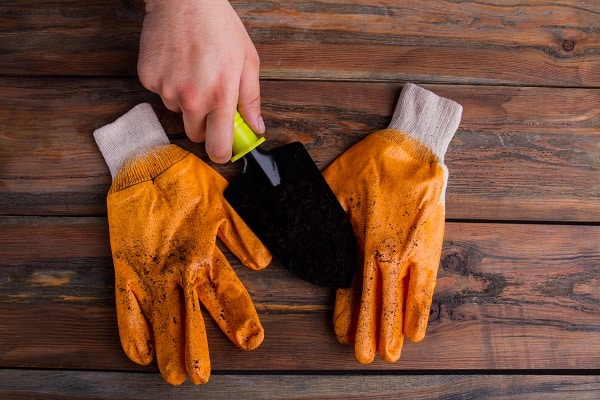
Before attempting any removal, arming oneself with the correct protective gear is of utmost importance. Thick gloves shield hands from thorns and prevent direct contact with toxic saps. Wearing long-sleeved shirts and pants minimizes the risk of skin exposure, while safety goggles protect the eyes from flying debris or accidental splashes. When dealing with plants known for their airborne seeds or irritants, wearing a mask can prevent accidental inhalation.
Equally crucial to personal protective equipment is the choice of tools. Sharp, clean shears or pruners ensure a clean cut, reducing the plant’s chance to regrow from a leftover fragment. For plants with extensive root systems, a digging fork or spade may be necessary to ensure complete removal. In all instances, using tools extends the distance between the remover and the plant, further ensuring safety. When done, it’s vital to clean and disinfect all tools to prevent cross-contamination with other plants.
Initial Isolation
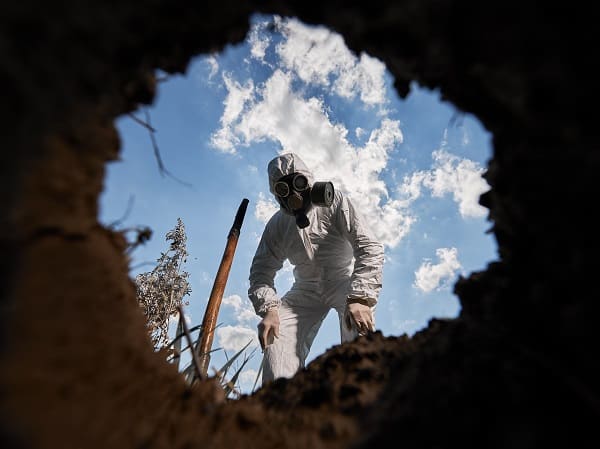
Identifying dangerous plants is only half the battle; the next step involves ensuring they don’t pose an immediate threat to anyone unaware of their presence. Erecting temporary barriers or marking the area with brightly colored flags or tape can help delineate these zones. Such measures act as a warning sign, preventing accidental encounters, especially in households with curious pets or children.
Beyond physical barriers, consider informing household members and close neighbors about the potentially dangerous plants. Knowledge is a powerful tool. By making those around aware, accidental encounters can be further minimized. For especially harmful or toxic plants, it might also be wise to limit access to the area entirely until the removal process is complete.
Safe Removal Techniques
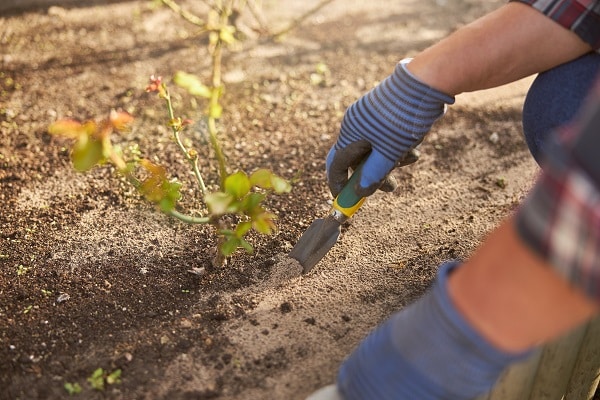
The method employed for removing a dangerous plant depends on its type and size. For smaller plants, it’s often enough to grasp them near the base and pull gently yet firmly, ensuring the entire root system comes out. For larger plants or those with deep root systems, digging around the plant to expose its roots before removal can be more effective. Always remember to keep the face and other sensitive areas away from the plant during removal to avoid any accidental contact.
Disposal is the next challenge. Simply tossing a dangerous plant into a compost heap or yard waste bin might not be enough, as some can regrow from fragments or release toxins that harm other plants. Instead, consider placing them in thick plastic bags, sealing them tightly, and then disposing of them according to local guidelines. In some regions, special disposal methods might be recommended for particularly invasive or toxic plants.
Dealing With Allergic Reactions
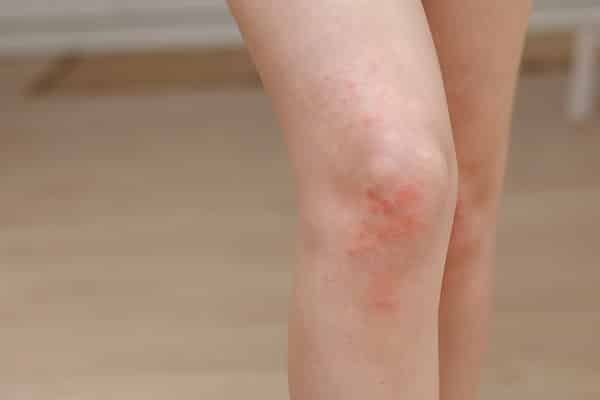
Even with all precautions in place, accidental exposure can sometimes occur, leading to allergic reactions or skin irritations. Symptoms can range from mild rashes to severe swelling or respiratory issues. If someone suspects they’ve been affected, washing the affected area with soap and cold water is important to remove any plant residue. Cold compresses can help reduce inflammation and itchiness.
For more severe reactions, or if symptoms don’t subside, seeking medical attention is imperative. Certain plants can have more pronounced effects on individuals, especially if ingested. In such cases, if the plant type is known, conveying that information to medical professionals can expedite treatment. It’s also beneficial to keep antihistamines on hand, as they can alleviate some allergic reactions. However, always consult with a healthcare professional before taking any medication.
Educating Others And Spreading Awareness
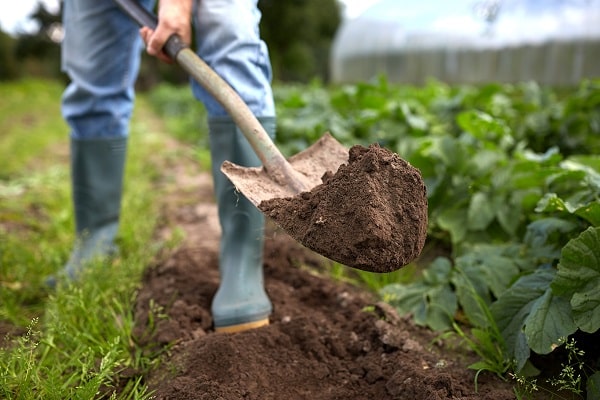
Knowledge is a crucial tool in the fight against dangerous plants. Sharing experiences, resources, and strategies with neighbors, friends, and local gardening clubs can help raise collective awareness. By doing so, communities can collaboratively work to reduce the spread of harmful plants. Many local agricultural extensions or botanical gardens offer workshops and informational materials on local dangerous plants, and attending or promoting these events can be invaluable.
Additionally, technology plays an essential role in education. Numerous plant identification apps and websites can help users identify and learn about the plants they encounter. Recommending reliable digital tools and resources to peers not only aids in their personal safety but also contributes to a larger community effort in curbing the dangers posed by hazardous flora.
The Bottom Line
Ensuring the safety of gardens and homes from dangerous plants is an ongoing task that demands vigilance, knowledge, and community effort. Recognizing these potential hazards, employing safe removal methods, and sharing knowledge with others are paramount steps in this endeavor. Every effort made in this direction ensures that gardens remain places of beauty, tranquility, and safety for all who enjoy them.


